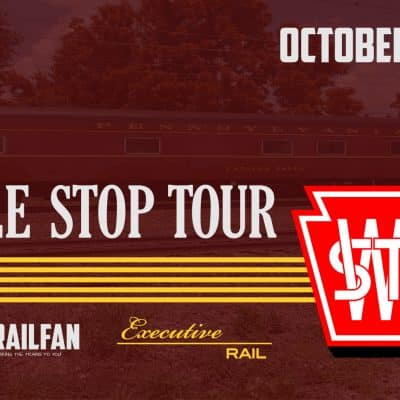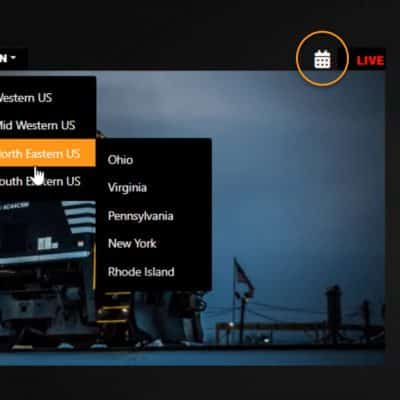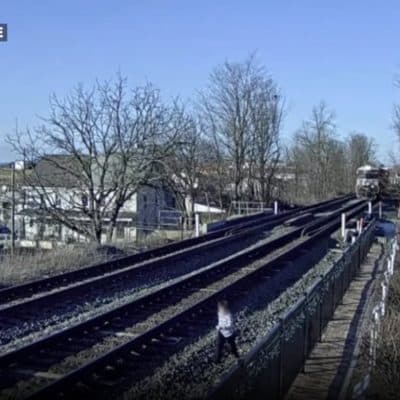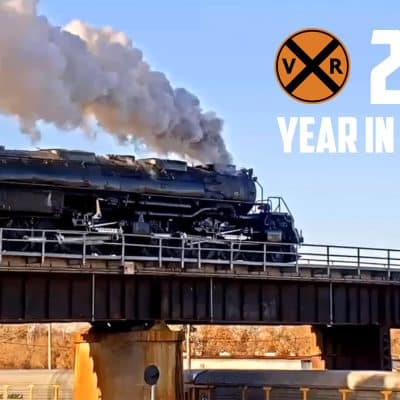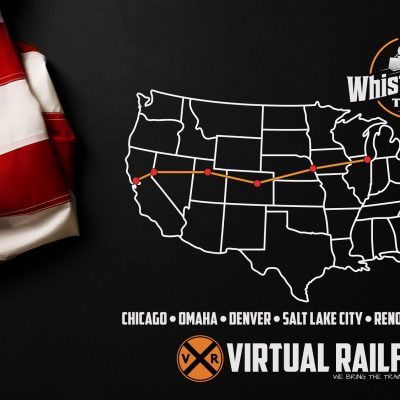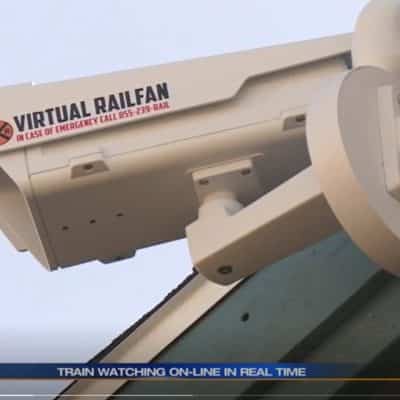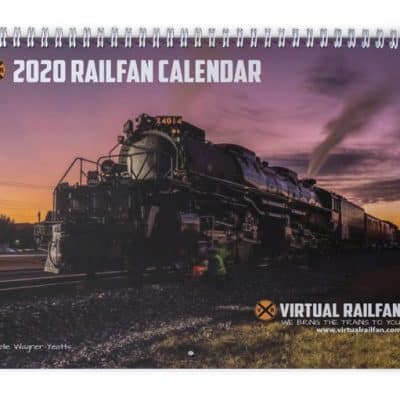Note: This is a monthly column dedicated to review accidents and incidents in the rail industry. This is for Informational use only; and in no way represent the views of virtualrailfan.com
On Friday, September 12, 2008, at 4: 22 p.m. a Los Angeles Metrolink commuter train with 3 cars and 225 passengers drove past a stop light before colliding head on with a Union Pacific (UP) freight train. Twenty-five people were killed and 102 were hospitalized. It could have been a lot worse. The destroyed car on this pre–rush hour train was rated to carry nearly 5 times more passengers. On the day of the accident, the Metrolink engineer sent and received 43 text messages while operating the train.
The texting occurred with local teens— railroad enthusiasts who had adopted the Metrolink engineer as a mentor. Signal lights along the rails control train movements just as traffic lights control car traffic. The signals tell the locomotive engineer to stop, go, slow, prepare to stop at the next signal, and so forth. Safety procedures required the Metrolink engineer to call out by radio to the conductor all signals encountered. The engineer called out the first of two warning signals (a flashing yellow light) at 4:17:45, indicating “prepare to stop at the second upcoming signal,” but not the second warning signal (a solid yellow light passed at 4:18:41) or the final signal—“ red for stop” passed at 4:21:56. This implies that the engineer was distracted, did not follow required safety rules, and probably missed the second and third lights completely. At 4:22:01, the engineer transmitted a completed text message just 22 seconds before the collision. The Metrolink train was signaled to stop and wait for the oncoming freight train to get off the main track and onto the siding. The collision occurred 1,761 feet (537 m) past the Metrolink’s stop signal. The freight train, exiting a tunnel just 634 feet (193 m) from the collision , had a limited line of sight

on the curved track 2, as the engineer applied the emergency brakes just 2 seconds before the collision. The Metrolink engineer never braked. Passengers on the left side of the train saw the approaching freight train around the curve. “My first thought was: I’m not seeing this,” said one commuter on the Metrolink train. “I saw it coming,” said another passenger in the second car. “There was no time to stop. The next thing I knew I was in a seat in front of me. It was horrible.” Data recorders indicated that the Metrolink and Union Pacific trains were traveling at 43 and 41 mph (69 and 66 km/ h). The speed limit on this track is 60 mph (97 km/ h) for freight trains and 70 mph (113 km/ h) for passenger trains. The speed limit on this curve, however, is reduced to 40 mph (64 km/ h). An eyewitness a few hundred feet away said, “I heard a huge crash, then I saw a
fireball. I ran over there and there were people lying all over the hill.” Another eyewitness said, “People were climbing out of the side, bleeding, crying, screaming. It was like a war zone.” The freight train had just exited a tunnel 634 feet (193 m) from the collision. The 1,164-foot (355-m)-long UP train, including two 429,000-lb (194,590-kg) locomotives up front, weighed 1,522 tons (1,380 MT). The 313-foot (95-m)-long Metrolink train, weighing 308 tons (279 MT), consisted of one 270,000-lb (122,470-kg) locomotive and 3 passenger cars. The collision shoved the Metrolink train backward 76 feet (23 m), and derailed the UP locomotives, the first 10 cars of the freight train, the Metrolink locomotive, and the first passenger car of the passenger train passenger car. The crushed volume was generally not survivable. Just behind the crush zone had borderline survivability.

Swept ahead of the Metrolink locomotive crashing into the passenger car was a wall of collision debris consisting of a compressed 10-foot (3-m)-thick mass of seats, floor, ceiling panels, tables, posts, and body parts. The Metrolink locomotive’s 2,200-gallon (8,328-l) fuel tank separated during impact, came to rest at the side of the track, leaked, and ignited. The fire was not a major factor in the rescue efforts —the mangled wreckage was. The very first responders had trouble understanding the enormity of the disaster, but immediately saw the fire. The flames were confined to the Metrolink locomotive. With spilled fuel puddled an inch deep, the fire getting closer to the freight train’s two 5,000-gallon (18,927-l) fuel tanks, and no signs of life in the first Metrolink passenger car. Some passengers were in shock and did not want to leave the train even after being told about the fire and potential fuel vapor explosion. Many others were in too much pain to move, milled about crying for help and many more injured passengers lay inside the train wreckage. Onlookers, good Samaritans, and media gathered. Billowing, thick black smoke added to the confusion. One fireman described the scene: “I did see some people kind of wandering around and they, everybody was just dazed and confused. They were just kind of wandering around , … we told them, hey, go over to the grass and sit down on the grass and wait there, and we’re going to get people there to take care of you. But we kind of went past that. Our concern was the fire because we knew we had cars involved, and we wanted to get the fire knocked down.” Another said, “I saw locomotives engulfed in flames, fire[ fighters] in the process of putting it out, and my attention first was I saw numerous people, maybe a dozen, walking in various means, I don’t know, delusional, like they were zombies walking with various types of injuries with their hands out and saying help . And the first thing I did was run to their direction, to ease them, try to determine their injuries, assured them that, you know, paramedics would be coming. I boarded the first [passenger car] and started helping people clear off … that were injured … I went to the second [car], and there was people laid out trying to, you know, help the ones that could get off the train.” The firemen’s focus shifted to the fire, which was quickly extinguished once they set up hoses from the nearest hydrant. Shortly after, foam tenders arrived to apply foam on the fuel-soaked ground to prevent re-ignition. While putting out the flames, the firemen noticed the freight train engineer and conductor pounding on the window of their derailed locomotive. The train crew was trapped inside with smoke entering their cabin! The locomotive’s video records the fireman fighting the fire at 4:42 p.m. Firemen immediately attacked the windshield with axes. The 0.625-inch (15.8-mm)-thick, laminated glass, designed to successfully confront a 24-lb (10.8-kg) concrete block at 30 mph (48 km/ h), would not budge. It took about 2.5 minutes to pry out a rubber seal and remove the window. Both injured crew were carried from their cab. As

the trickle of firemen, police, and county sheriffs turned into a torrent, they fell into a routine. The police and sheriffs assisted the firemen by evacuating and bandaging the injured, holding pressure on wounds, removing debris, and the like. Police also secured the area, clearing out bystanders and media. The firemen organized themselves into fire suppression, medical, extrication, and hazmat groups. Others positioned emergency lighting, food, water, and toilets for the long haul. The medical group set up a triage area and a temporary morgue. Each passenger removed from the train was tagged green, yellow, or red (for light, moderate, orcritical injuries) and moved to the corresponding triage area. The hazmat group tracked down the freight train’s manifest (mostly fruits and vegetables), opened every car to verify contents, and continued to monitor the leaked fuel for explosive potential.
Because of limited access through the back door, the crush zone of the first passenger cars was blocked. The best access was the side door that was now on the top of the overturned car. Rescuers began daisy-chaining debris—pieces of seat cushions, posts, tables, partitions, stairs,roof panels, flooring, and the like— out of the passenger car. Seats were unbolted for removal. Extricated victims were placed on cumbersome backboards and carried out by a line of police and firemen. Some injured passengers had mutilated body parts and/ or missing limbs. One of the first firefighters entering the car quickly estimated 2 or 3 could be extracted quickly, 6 or 7 were dead, and “about 8 or 10 were alive but weren’t going to make it.” The mangled, compressed wreckage was difficult to cut. Rescuers hesitated to use torches because of spilled fuel. One fire chief explained the problem: “I described it as if you’ve ever seen a bale of metal recycling, how tightly packed that is … so our normal urban search and rescue tools and techniques, you know, which really rely on being able to pry off something solid or cut something that’s going to give you some sort of a sizable release that you can then make entry through,

that impact area was packed in so tight that none of those traditional methods worked.” Another fire chief added: “We cut, cut, cut, we spread, and it doesn’t spread the way we thought. So we have to do another plan … in the process of spreading and cutting, then we start shoring. We start bringing in blocks in there because once we spread it with the spreaders, and then we remove a body and we take this tool out to go put it in another place, then the metal comes back … it was in a truly horrific environment. It was probably an area that was maybe 10′ by 10′ (3 by 3 m) that was full of body parts, blood and decapitated corpses.” By around 8:00 p.m., all the injured had been transported to hospitals. The focus switched from search and rescue to body recovery mode around 1: 00 a.m. The Metrolink engineer’s body was removed from underneath his locomotive the following morning. The final victim was recovered around 2:00 p.m. Extreme trauma patients quickly saturated the closest hospitals. Five helicopters flying 26 flights distributed the injured to numerous hospitals farther away. UCLA hospital treated 8 crash victims, with 5 undergoing immediate surgery. The following day 4 UCLA patients were in intensive care and in critical condition, 3 remained hospitalized in serious condition, and the 8th was released. The day after the accident, at least 86 passengers remained hospitalized, almost half in critical condition.
FOUR DAYS AFTER THE ACCIDENT, line-of-sight testing was done with two similar locomotives. The two test locomotives were placed nose-to-nose at the point of impact and then moved back incrementally. The distance between the trains when they could first see each other on the curve was 539 feet (164 m), about 4.4 seconds before impact.

The rule of thumb used to calculate safe stopping distances conservatively assumes a 3-second delay before the human becomes aware of and responds to the signal. Obviously, if the engineer is expecting the signal and watching for it, he or she can respond faster. Why Were the Trains on a Collision Course? On average, 14 freight, 18 Metro, and 12 Amtrak trains travel this track every day. Most of this route is double tracked to accommodate two trains moving in opposite directions. Because there are three consecutive tunnels wide enough to carry only one track, this particular section of track is single track. Two trains moving in opposite directions must take turns moving on the single track. Positive Train Control Final passage of congressional legislature requiring Positive Train Control (PTC) occurred shortly after the Metrolink collision. PTC, a work in progress for many years is designed to safely stop a train if its operator misses a signal. This new safety system is being fast-tracked in southern California.
EXCERPT FROM BIBEL, GEORGE (2012-09-07). TRAIN WRECK: THE FORENSICS OF RAIL
DISASTERS.

